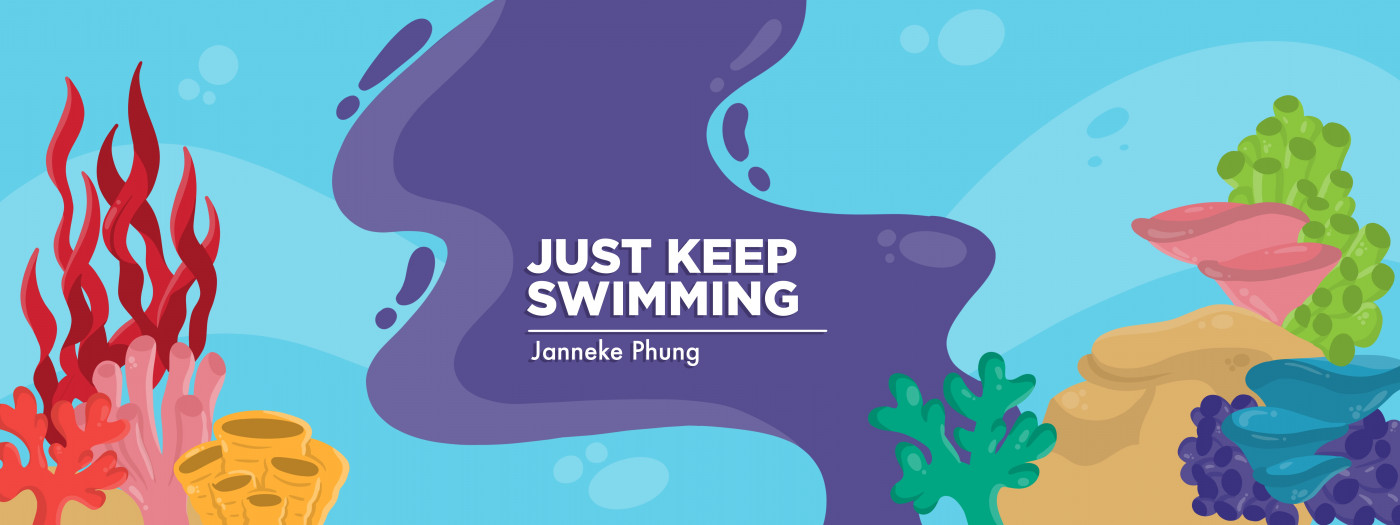After Diagnosis, I Discovered That Knowledge Boosts My Confidence
Written by |

When I recently was diagnosed with ankylosing spondylitis, I was confronted with complicated terminology that initially overwhelmed me.
Klebsiella pneumoniae, molecular mimicry, cytokines, tumor necrosis factor-alpha — the list of complicated terms seemed endless.
“Good grief,” I thought, “I’m just an ordinary human being. All of these terms are way over my head.”
With frustration and weariness, I tried to educate myself about my diagnosis. As I slogged away night after night reading articles and medical studies, I often felt completely out of my league. I wanted to throw in the towel, but I needed help and direction.
I found plenty of information about mainstream therapies to treat AS. I had already exhausted all options involving nonsteroidal anti-inflammatory drugs such as aspirin or ibuprofen. I knew from experience that no amount of naproxen would mask the nightly pain. Treatment options made available by my family doctor had been exhausted. I was at the mercy of a rheumatologist, or so I thought.
Because of a long waitlist, my initial appointment with a rheumatologist was still months away. I was feeling hopeless and desperate, and I was in a lot of pain. I got little sleep at night. My young family needed me. A few months seemed like too long to wait for relief.
As I waited in anticipation of my first visit with a rheumatologist, I sought to educate myself about the rare, incurable disease I’d been diagnosed with. I tried to gather as much information as I could. Questions I sought to answer included:
- What is the disease?
- How are other people with the disease faring?
- What are the treatment options?
- What causes ankylosing spondylitis?
- What type of research has been done?
- Are drugs the only way to achieve reduced pain and functionality in life?
In searching for answers, I discovered information I hadn’t been exposed to before.
I was particularly intrigued by research of Klebsiella and molecular mimicry by immunologist Alan Ebringer. I read about a possible link between gut health and AS. Additionally, I found controversial, yet compelling research suggesting that a reduction in the population of Klebsiella might contribute to decreased disease activity.
I noticed a common theme among those who shared details of their medication- and pain-free AS journeys: lifestyle changes that included a no-starch diet at the center. This diet change was based on Ebringer’s discovery that AS symptoms can be reduced by starving the Klebsiella bacteria, which live on undigested starch in the gut.
I had nothing to lose.
On Nov. 20, 2019, I started a strict autoimmune protocol elimination diet that was slightly modified to exclude starch. It felt like an extreme experiment. However, I was willing to try anything to reduce the inflammation. I longed for the ravaging pain to subside and for disease progression to slow.
I went from eating anything and everything to eating no more than a handful of foods. I hoped to discover which foods, in addition to starch, caused inflammation in my body. Upon achieving reduced pain, I would try to reintroduce as many non-starchy foods as possible. My ultimate goal was to manage my disease entirely with a healthy diet customized to my body’s needs.
I figured that by the time my initial appointment with my rheumatologist arrived, I’d have a good idea about whether the changes I’d made to my diet made any difference. It felt better to do something than nothing.
My last column might have created some excitement about reducing pain by implementing lifestyle changes. However, as with any treatment, this alternative option requires significant faith, which chronic disease often discourages us from having.
Pain was my powerful motivator to stay on course. I found determination and perseverance critical when the journey got tough. I kept going back to scientific research and anecdotal success stories to inspire myself to stay strong.
I look forward to sharing more of my journey in future columns. (If you have questions, feel free to ask them in the comments below.)
In all of this, I’ve learned that I am my own best health advocate. I have skin in the game. As I have gained knowledge, I have also gained confidence, and confidence is a powerful thing. It helps me break through or climb over the walls I face along this journey. Knowledge has helped me navigate the tricky new world of a rare disease.
When you want to throw in the towel, don’t. Just keep on swimming!
***
Note: Ankylosing Spondylitis News is strictly a news and information website about the disease. It does not provide medical advice, diagnosis, or treatment. This content is not intended to be a substitute for professional medical advice, diagnosis, or treatment. Always seek the advice of your physician or other qualified health provider with any questions you may have regarding a medical condition. Never disregard professional medical advice or delay in seeking it because of something you have read on this website. The opinions expressed in this column are not those of Ankylosing Spondylitis News, or its parent company, Bionews, and are intended to spark discussion about issues pertaining to ankylosing spondylitis.






Anya
Hi Janneke, great article. I am now 50 and thinking about eradicating Klebsiella as well. Its taken a lifetime to navigate this. Glad to hear I am not alone. Thank you for mentioning Ebringer, I have not heard of him and I will look his research up. Good luck on your journey.
Janneke Phung
Hi Anya! Thanks so much for chiming in! It makes me so happy to know others are wanting to navigate a similar journey! I'm not sure it's possible to entirely eradicate Klebsiella, I hear that even after starving it for years it can come to rear it's ugly head. However, starving it through diet has provided me with immense relief that has absolutely been worth the effort. Stay in touch and take good care!